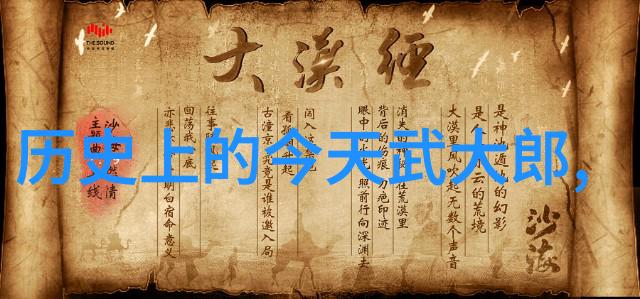
中国历史上最伟大的皇帝子午谷奇谋的缔造者他是谁他的策略又是如何
在三国时期,蜀汉的丞相诸葛亮计划北伐曹魏,名将魏延提出了一个叫做子午谷奇谋的战略计划。这个计划是这样的:魏延亲自带领一支万余精兵从子午谷迅速赶到达长安,一举拿下了长安和潼关,而诸葛亮的大军则从斜谷进攻长安和潼关,两军在潼关会师。然而,这个计策过于危险且难以成功,所以诸葛亮 ultimately rejected it. Some people believe that by not using this plan, he missed a great opportunity; others think that his true intention was to first capture the strategic city of Liangzhou (凉州) and then gradually expand into Cao Wei's territory.

The Subei Valley, also known as the Zigong Valley or Zimu Valley, is a mountainous region in southern Shaanxi Province, stretching from Longnan County in the north to Hanzhong City in the south. The valley is approximately 330 kilometers long and has steep cliffs and numerous steep paths due to its location within the Qin Mountains. The Qin Mountains are also known as Mount Emei and form a natural divide between the Yellow River basin to the north and the Yangtze River basin to the south.
According to historical records such as "Zizhi Tongjian," during King Wang Mang's reign (9-23 AD), he opened up trade routes through this valley. During his first northern expedition against Cao Wei, Zhuge Liang considered an unusual strategy proposed by his general Wei Yan: with just five thousand elite soldiers, they could quickly march through Subei Valley to reach Chang'an City below, capturing it without warning. However, Zhuge Liang deemed this plan too risky and difficult for success so he did not implement it.

Wei Yan later felt that Zhuge Liang had been overly cautious in rejecting such a bold plan - some even used this as one of their reasons for believing that Weiyan would eventually turn against him! Others argue that Zhuge Liang never intended to attack Chang'an directly but instead aimed at capturing Liangzhou before gradually encroaching upon Cao Wei's territory.
In conclusion while there may be differing opinions on how best utilize resources during war time tactics remain crucial factors influencing outcomes regardless of whether we view history with rose-tinted glasses or pragmatically assess past decisions based on available information at hand.




